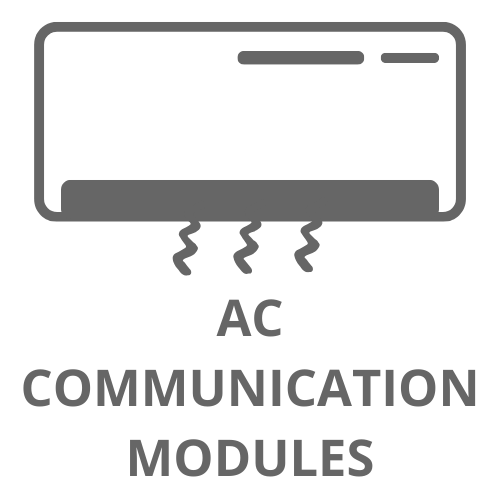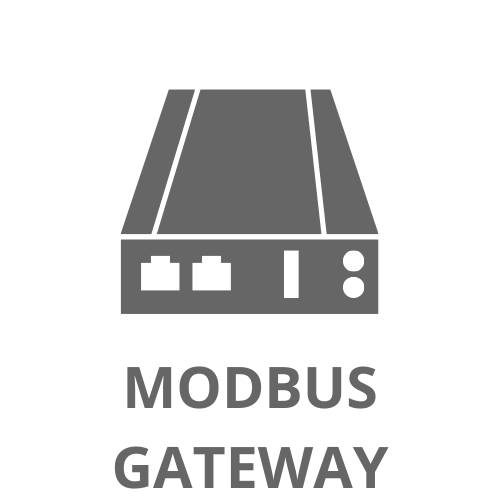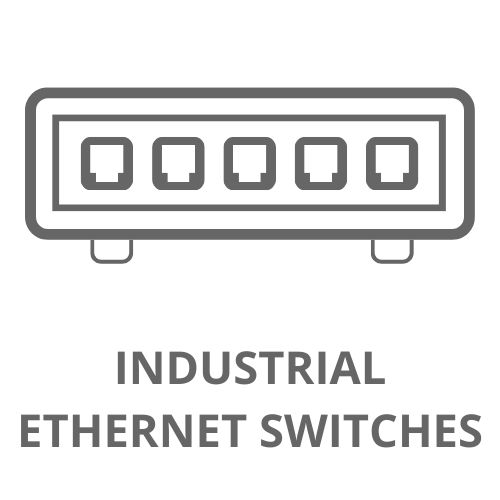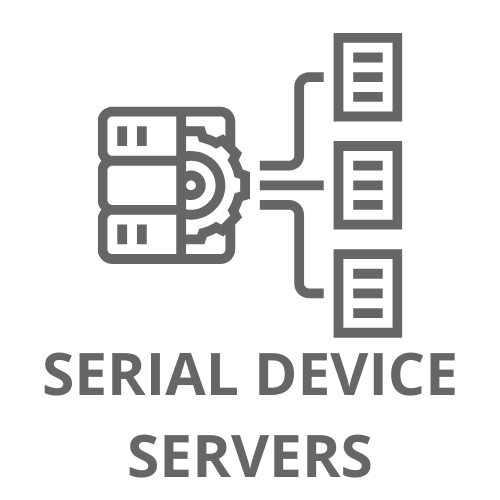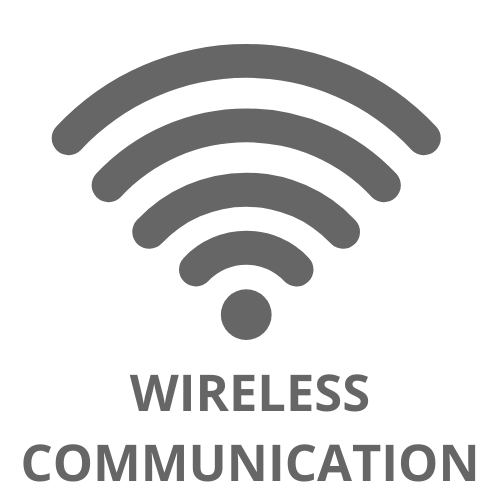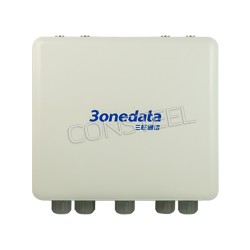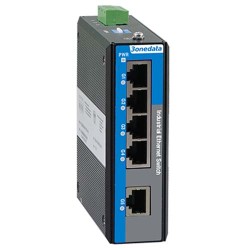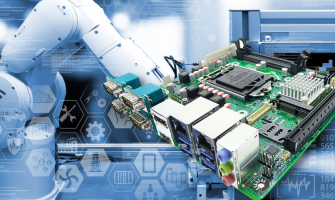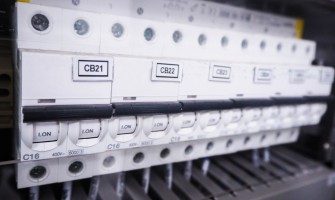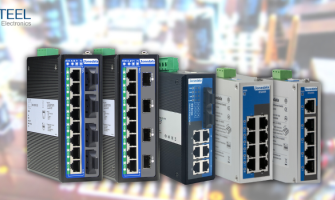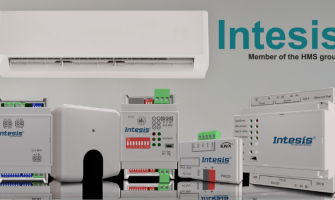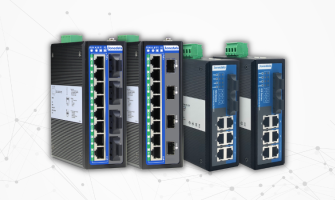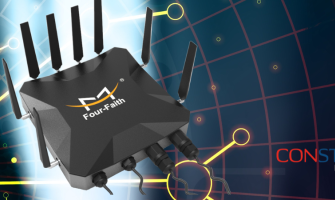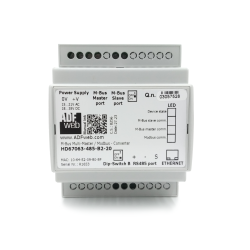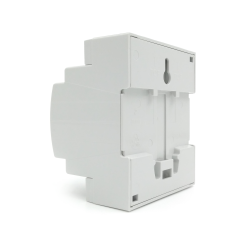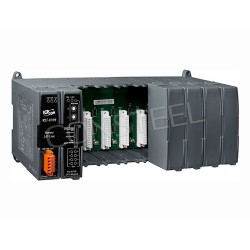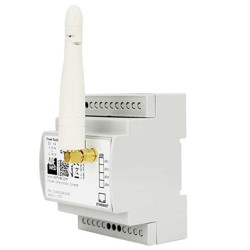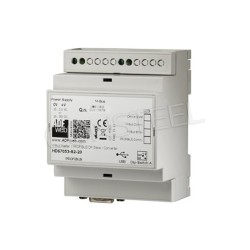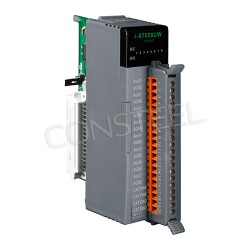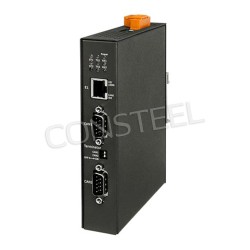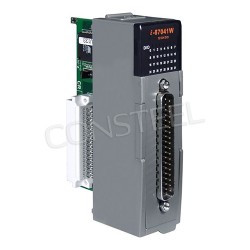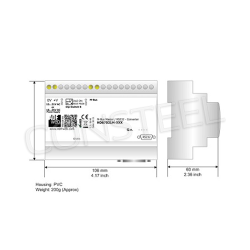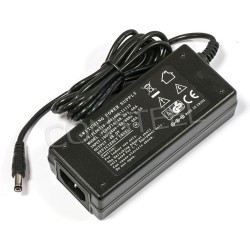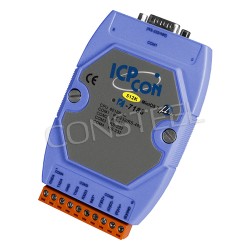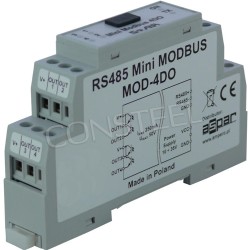What is PoE? The Ultimate Guide to Power Over Ethernet

What is PoE? Power over Ethernet (PoE) is a revolutionary technology that enables network cables to carry electrical power in addition to data, eliminating the need for separate power supplies for devices such as wireless access points, IP cameras, and VoIP phones. This convergence of power and data over a single Ethernet cable simplifies installation, reduces costs, and increases flexibility in deploying network devices. In this comprehensive guide, we’ll cover the basics of PoE, its standards, its benefits, its applications, and the future of PoE technology.
What is PoE?
Power over Ethernet (PoE) is a technology that allows Ethernet cables to carry electrical power along with data to network devices. The technology has become a cornerstone of modern networks due to its ability to streamline device deployment and reduce infrastructure complexity.
PoE Basics
At its core, PoE delivers power over the same twisted-pair Ethernet cable used to transmit data. This eliminates the need for separate power supplies and electrical cabling, simplifying the installation process and reducing costs. PoE can power a wide range of devices, from small IoT sensors to large IP cameras and wireless access points.
Data and Power Integration: PoE combines data and power transmission over a single Ethernet cable, typically Cat5e or higher.
Standardization: PoE operates on standards set by the Institute of Electrical and Electronics Engineers (IEEE), ensuring compatibility and reliability across devices and manufacturers.
PoE Standards and Specifications
Understanding the different PoE standards is crucial to selecting the right equipment and ensuring compatibility. The IEEE has defined several PoE standards, each with specific power delivery capabilities.
IEEE 802.3af (PoE)
The IEEE 802.3af standard, commonly known as PoE, was introduced in 2003. This is the basic standard for delivering power over Ethernet.
Power: up to 15.4W DC per port.
Voltage range: 44 to 57 volts.
Applications: Suitable for lower power devices such as VoIP phones, small wireless access points, and simple cameras IP.
IEEE 802.3at (PoE+)
Introduced in 2009, the IEEE 802.3at standard, also known as PoE+, extends the power delivery capabilities of PoE.
Power: up to 25.5W DC per port.
Voltage range: 50 to 57 volts.
Applications Ideal for devices with higher power requirements such as advanced wireless access points, PTZ (pan-tilt-zoom) IP cameras, and video phones.
IEEE 802.3bt (PoE++)
The IEEE 802.3bt standard, released in 2018, further expands power delivery capabilities by supporting two types: Type 3 (60 W) and Type 4 (90 W).
Type 3 (60 W): Up to 60W DC per port.
Type 4 (90 W): Up to 90W DC per port.
Voltage range: 50 to 57 volts.
Applications: Designed for high-power devices such as high-resolution PTZ cameras, advanced wireless access points, and large displays.
How does PoE work?
To fully appreciate the benefits of PoE, it is necessary to understand the mechanics behind it, including the power supply equipment (PSE), the powered devices (PD), and the negotiation process that ensures safe and efficient power delivery.
Power Harvesting Equipment (PSE)
Power Harvesting Equipment (PSE) refers to devices that provide power over Ethernet cables. PSE can be integrated with network switches or standalone devices known as PoE injectors.
PoE Switches: Network switches with built-in PoE capabilities, enabling seamless delivery of power and data.
PoE Injectors: standalone devices that add PoE functionality to non-PoE network switches by powering an Ethernet cable.
Power Devices (PD)
Power Devices (PD) are end devices that receive power via PoE. They include a wide range of network devices that benefit from simplified power delivery.
Examples of PD devices: VoIP phones, wireless access points, IP cameras, network routers and IoT devices.
Negotiation and power classification
PoE involves a negotiation process to ensure safe and efficient power delivery. This process involves the steps of detection, classification, and power delivery.
Detection: The PSE detects the presence of partial discharge by sending a low-voltage signal to the device.
Classification: The PD responds with its power class, indicating its power requirement. This allows the PSE to provide the appropriate amount of power.
Power Delivery: After classification, the PSE delivers the required power to the PD while transmitting data.
PoE Power and Its Advantages
PoE offers many benefits that make it an attractive solution for modern networking and industrial environments. These benefits include simplified installation, cost savings, greater flexibility, and improved reliability.
Upros
One of the most important advantages of PoE is the simplification of installation processes.
Single-cable solution: Combining power and data in a single cable reduces the need for separate electrical cabling, making installations faster and less complicated.
No need for electrical outlets: Devices can be placed in places where electrical outlets are installed would be difficult or expensive, such as ceilings or outdoor areas.
Savings
PoE can lead to significant savings in several ways.
Reduced cabling costs: Using existing Ethernet cabling for power and data eliminates the need for additional electrical cabling.
Lower labor costs: Simplified installations require less time and labor, reducing overall project costs.
Energy efficiency: PoE systems can be managed centrally, allowing for efficient energy use and reduced energy costs.
Greater flexibility
PoE provides greater flexibility in network design and device placement.
Scalable deployments: Adding or moving devices is easier with PoE because there is no need to reconfigure electrical outlets.
Remote management: PoE-enabled devices can be managed and monitored remotely, allowing for centralized control and maintenance.
Improved reliability
PoE helps improve network reliability and uptime.
Centralized power management: Centralized power sources, such as UPS systems, can provide backup power to PoE devices, ensuring continued operation during power outages.
Reduced downtime: Simplified installations and remote management capabilities reduce the time and effort required for maintenance and troubleshooting.
PoE Power Applications
The versatility of PoE makes it suitable for a wide range of applications across industries. From business and education to healthcare and smart cities, PoE plays a critical role in powering networked devices.
Business and Enterprise Networks
In business and enterprise environments, PoE is widely used to power networked devices, improving connectivity and communication.
VoIP Phones: PoE eliminates the need for separate power supplies, simplifying landline phone installation.
Wireless Access Points: PoE-powered access points can becan be deployed to provide optimal wireless coverage without the need for nearby electrical outlets.
IP Cameras: PoE enables the deployment of surveillance cameras in locations where power would be difficult to provide.
Education
Educational institutions benefit from PoE by creating a flexible and scalable infrastructure network.
Interactive whiteboards and displays: PoE powers interactive displays and digital signage in classrooms and lecture halls.
Campus-wide Wi-Fi: PoE supports widespread deployment of wireless access points, providing reliable connectivity across school campuses.
Security Systems: PoE powers IP cameras and access control systems, increasing campus security.
Healthcare
In healthcare facilities, PoE is used to power critical communication and monitoring systems.
Nurse call systems: PoE powers nurse call systems, providing reliable communication between patients and healthcare providers.
Patient monitoring: PoE supports the deployment of IP cameras and sensors for continuous patient monitoring.
Telemedicine: PoE enables the use of high-resolution cameras and communication devices for telemedicine applications.
Smart Cities
Smart city initiatives are using PoE to support a wide range of connected devices and applications.
Smart Lighting: PoE powers smart lighting systems that can be remotely managed and controlled, improving energy efficiency and reducing maintenance costs.
Public Wi-Fi: PoE supports the deployment of wireless access points in public spaces, providing residents and guests with reliable Internet access.
Traffic Management: PoE powers traffic cameras and sensors, enabling real-time monitoring and management of traffic flow.
Industrial and Outdoor Applications
PoE is also suitable for industrial and outdoor applications where reliable power supply is required.
Industrial automation: PoE powers industrial controllers, sensors, and monitoring devices, supporting automation and control systems.
Outdoor surveillance: PoE enables the deployment of IP cameras in outdoor locations, increasing security and surveillance capabilities.
Environmental Monitoring: PoE supports the use of sensors and monitoring devices to collect and analyze environmental data.
Challenges of PoE
While PoE offers numerous benefits, it also comes with its own set of challenges and issues that must be addressed to ensure a successful implementation.
Power Limitations
One of the major challenges with PoE is the limitation of the amount of power that can be delivered over Ethernet cables.
Power Requirements: High-power devices may exceed the power delivery capabilities of standard PoE, requiring additional power sources or the use of PoE++.
Cable Length: The length of the Ethernet cable can affect power delivery, with longer cables resulting in greater power loss.
Heat Dissipation
Delivering power over Ethernet cables generates heat that must be managed to ensure safe and reliable operation.
Bundling cables: Bundling multiple PoE cables together can increase heat buildup, potentially impacting performance and safety.
Cooling solutions Implementing proper cooling solutions and ensuring proper ventilation can alleviate heat-related issues.
Network Design and Planning
Effective network design and planning are essential to optimize PoE performance and reliability.
Power Budget: Accurate power planning ensures that the total power consumption of connected devices does not exceed the PSE's capabilities.
Redundancy and backup: Implementing redundancy and backup solutions increases network reliability and minimizes downtime.
The Future of PoE
The future of PoE is promising, with continuous advancement and innovation driving this technology. Emerging trends and changes will continue to expand the possibilities and applications of PoE.
Increased power delivery
Future PoE standards are expected to support even higher power, enabling more powerful devices and applications.
Beyond 90W: Research and development efforts are focused on pushing the boundaries of PoE power delivery, potentially exceeding the current 90W limit.
Integration with new technologies
PoE will play a key role in the integration and implementation of new technologies such as the Internet of Things (IoT) and 5G.
IoT Devices: PoE will support the proliferation of IoT devices by providing reliable power and connectivity for a wide range of applications.
5G Networks: PoE enables the deployment of 5G small cells and other network infrastructure elements, supporting the development of next-generation wireless networks.
Smart Building Solutions
PoE will continue to drive the development of smart building solutions, improving energy efficiency, security, and automation.
Smart lighting: Advanced PoE-powered lighting systems will provide greater control and energy savings through intelligent management and automation.
Building automation: PoE will support integrated building automation systems, enabling centralized control of HVAC, lighting, security, and other building functions.
Summary of what PoE is
Power over Ethernet (PoE) is a revolutionary technology that simplifies network installations, reduces costs, and increases flexibility by delivering power and data over a single Ethernet cable. With a wide range of applications across industries, PoE has become an essential part of modern networks. Understanding the basics of PoE, including its standards, benefits, and applications, is crucial to realizing its full potential. As technology continues to evolve, PoE will play a key role in supporting emerging trends and innovations, from smart cities and the Internet of Things to advanced building automation and 5G.
By using PoE, organizations can create a more efficient, scalable, and reliable network infrastructure that meets the demands of today's connected world. Whether you're powering a simple VoIP phone or a complex industrial automation system, PoE provides the flexibility and performance needed to power the future of networking.





